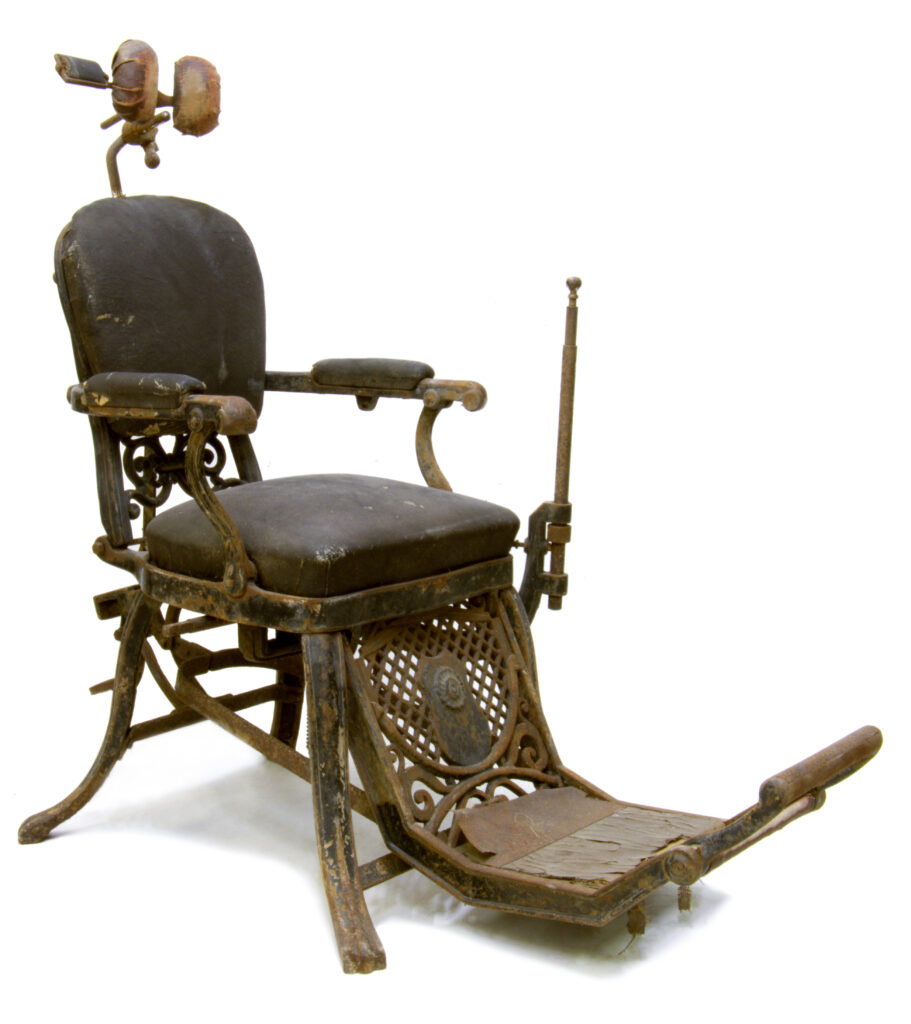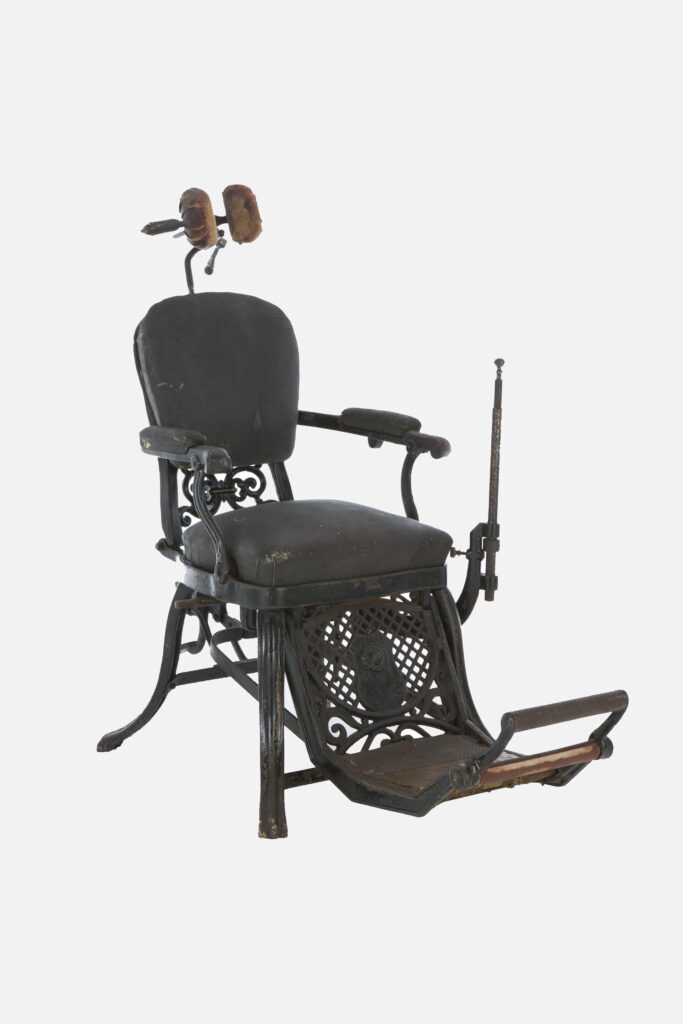Käesolev lõputöö annab ülevaate viktoriaanliku hambaarstitooli konserveerimisest. Konserveerimise eesmärgiks on tagada eseme edasine säilivus.
Antud tool sattus eraisikule läbi tema vanemate ja vanavanemate talu. Tool on väga omapärane ja ilus, kuid on üsnagi kahjustatud. Kuna hambaarstitool on väga omanäoline ja pika ajalooga, mis lisab sellele väärtust, siis tuleks seda kindlasti säilitada võimalikult algsel kujul. Tooliga tutvus Eesti tervisemuuseumi peavarahoidja, kes leidis et selline objekt oleks väga sobiv nende muuseumi kogusse. Seega tuleb tool konserveerida, säilitades võimalikult palju selle originaalsetest osadest, samas tuleb peatada objekti kahjustumine ning tagada selle terviklik vaadeldavus. Restaureerimine oleks ära kaotanud originaalsed osad, mis praegu lisavad toolile ajaloolist väärtust.
The main aim of this thesis is to describe the process of conservation of a dentist chair and to summarize shortly the history of dentist’s chairs in general. The chair in question is form the Victorian era and connected to the man called James Snell. The chair is believed to be made by him with the main purpose to be useful for dentists. It is one of the first to have a reclining back, which is very useful in the field.
The Victorian era chair was decided to be conserved with the purpose to keep its historical value, because after the works it will be moved to the Estonian Health Museum. The museum sees the value of the chair as it is unique. Only one other similar chair was found belonging to the Wellcome Collection located in London. With some differences the one in Estonia seems to have more features still present.








